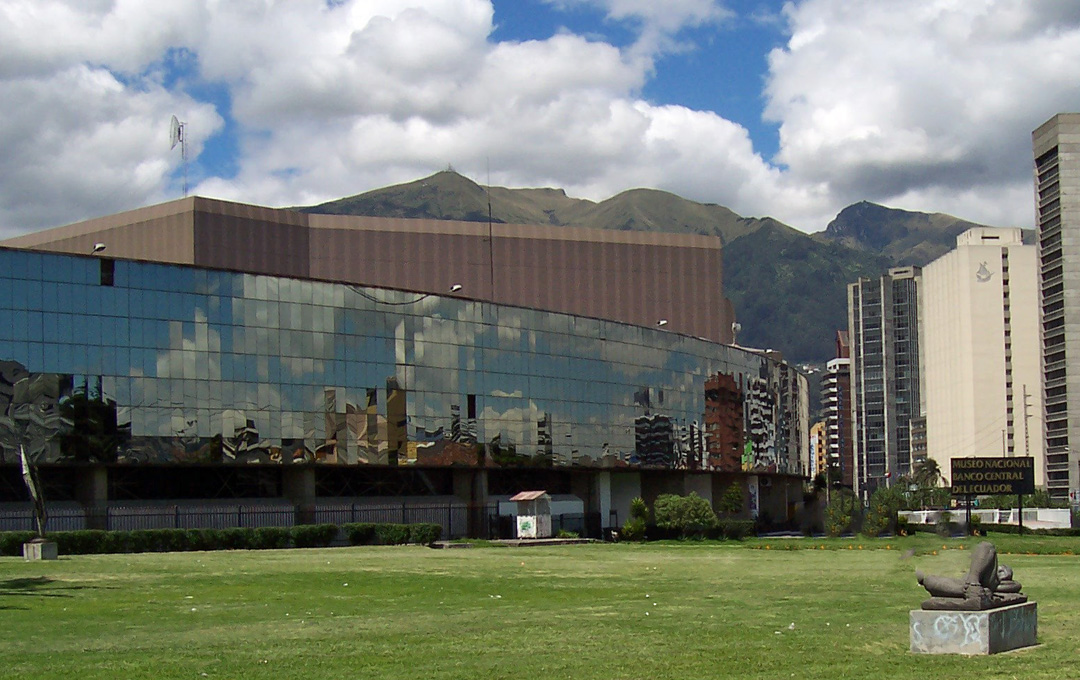|

National Museum
I visited the Museo Nacional de Banco Central del Ecuador, or in English known as the Central Bank National Museum. It has nearly 1500 pieces from pre-Inca to current day are in the permanent exhibit and presented chronologically It takes several hours to visit the museum, artefacts range from the pre-ceramic era (4000 BC) through the end of the Inca empire (1533 AD). Some of the popular pieces include whistle bottles shaped like animals, decorative gold headdresses and scenes that depict life in the Amazon.
Education
In Ecuador, as elsewhere in Hispanic America, the Catholic Church historically provided education. But in keeping with late nineteenth-century trends across Latin America, Ecuadorian liberals enacted a series of anticlerical reforms that included secularizing education, beginning in 1895. Education
reform was placed in Ecuador's constitution of 1906; a law requiring secular education. Liberal Presidents oversaw the development
of many state-sponsored secondary schools, normal schools, and night schools for workers and increased funding for
the universities. The literacy rate for Ecuador for those 15 and older is around 85%. There are
still many indigenous tribes in Ecuador where education has not yet reached.
Ecuador had many types of schools, nearly all segregated by gender. Most schools require the wearing of uniforms as well.
There were five categories of elementary schools: fiscales, funded mainly
by the national government; municipales, city schools funded with city revenues; part icuüires,
private schools; beneficencüis, charity schools operated first by the
Church and later by the Junta de Beneficencia; and night schools run by artisan mutual-aid societies and sometimes supported with grants from the national or local government. After elementary school, most students attend colegios, or high schools. Most colegios are private vocational or trade schools; however, students that show promise attend pre-college high
school.
Taking photographs in the museum was a challenge
The Museum itself
was dark with the displays illuminated
The displays were behind glass as well so there are some
reflections.
Sorry about that.
Yes, they are authentic. I did not see
one little gold "Made in China" tag!
It is remarkable to see them unbroken over so
many years of History.
Now, this is a serious item It is solid gold!
Somehow the
Spaniards missed it. Otherwise
it would have been melted down and shipped
back to Spain like so many other
Indian treasures.
ceremonial purpose. Unknown what happened to the missing piece.
Maybe it ended up being an ear ornament.
I am certain they ended up in Spain or decorating the many Catholic Churches present in
Latin America.
|
|